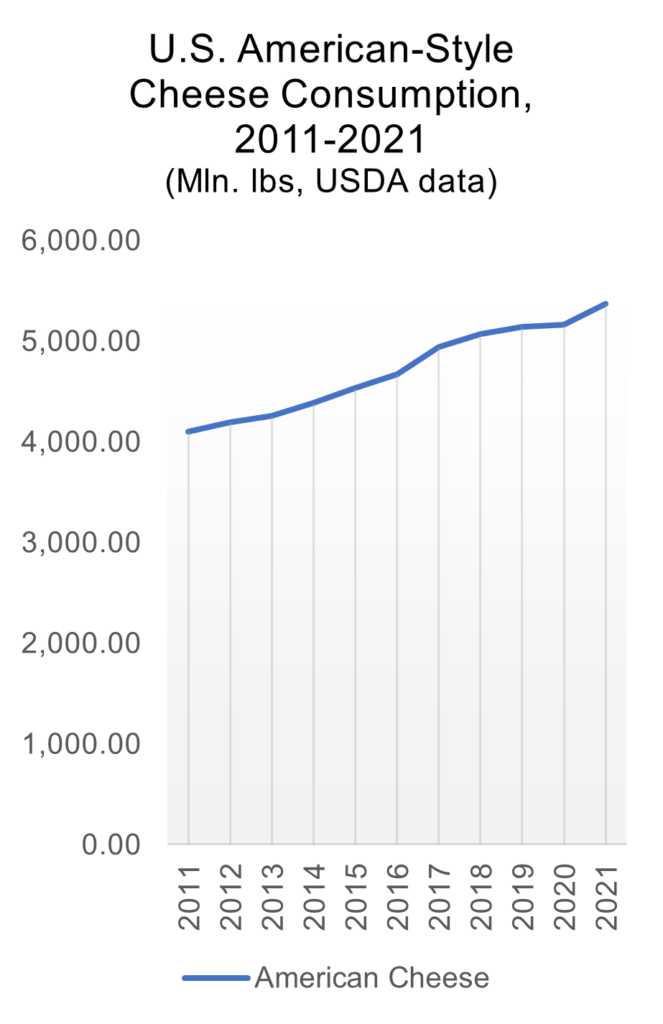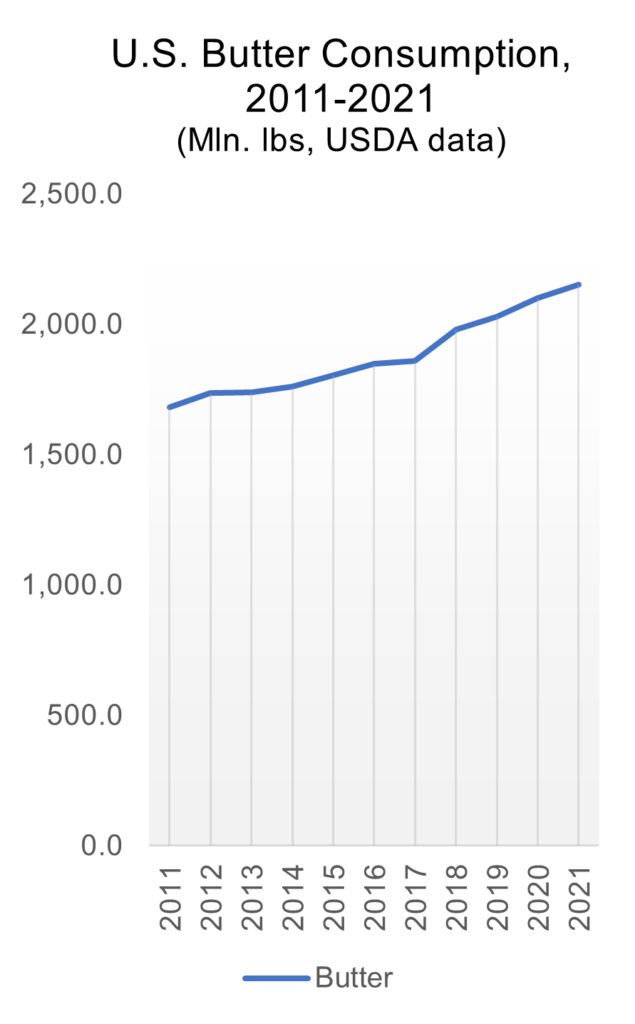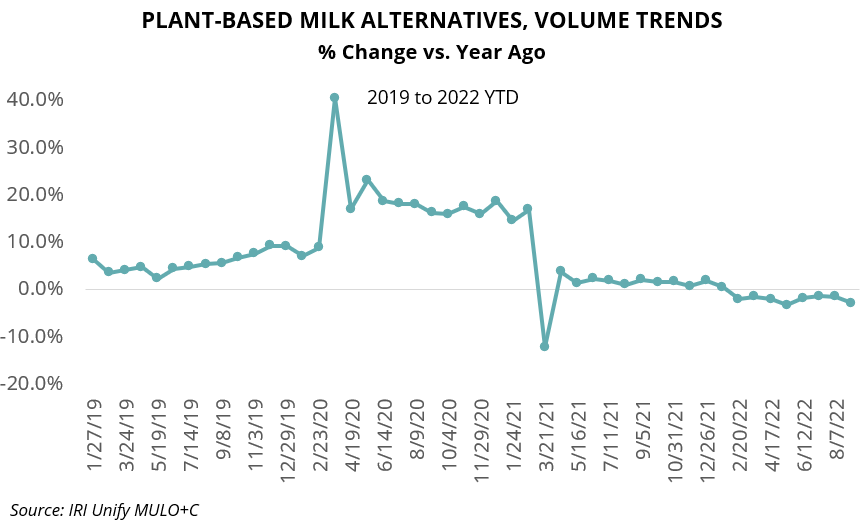Jim Mulhern, president and CEO of the National Milk Producers Federation (NMPF), issued the following statement regarding today’s White House Conference on Hunger Nutrition and Health:
“I would like to thank the White House for inviting me to today’s White House Conference on Hunger, Nutrition, and Health. Ensuring people have access to the nutrition they need to live, develop, and be healthy is key priority for dairy farmers across the U.S. We are hopeful today will serve as a launching pad for the dedication and collaboration we will need to end food insecurity and reduce diet-related disease in the U.S., goals NMPF shares with the conference.
“We know from decades of working in this area that dairy products — and the 13 essential nutrients they provide such as protein, calcium, Vitamin D and potassium — will be vital ingredients to meeting these goals. The Dietary Guidelines for Americans (DGA) shows that dietary patterns that include dairy are associated with beneficial health outcomes, such as lowered risk for cardiovascular disease, obesity, and type 2 diabetes. The guidelines also note that dairy is under-consumed across all age categories. Scientific evidence clearly indicates that milk and dairy foods are part of the solution to challenges like food and nutrition insecurity, health equity, and diet-related and other noncommunicable diseases.
“To prepare for the conference, NMPF worked with other agricultural, anti-hunger, nutrition and medical groups to urge the White House to place a high priority on access to affordable, diverse and healthful foods, which includes protecting Americans’ ability to make informed, meaningful choices about what they eat. NMPF is pleased to see in the White House’s strategy released yesterday a commitment to increased access to affordable food for all and culturally appropriate food options and recommendations. We are also heartened by the strategy’s consistent emphasis on increasing consumption of healthful foods to levels recommended in the dietary guidelines.
NMPF looks forward to continuing to work with all stakeholders inside and outside government to improve nutrition security and diet-related health for all Americans. Together we can realize the policies and programs required to achieve these important goals, including increasing access to affordable food and strengthening Americans’ ability to make informed, meaningful choices across all populations.”








